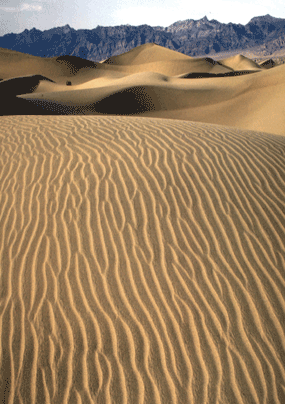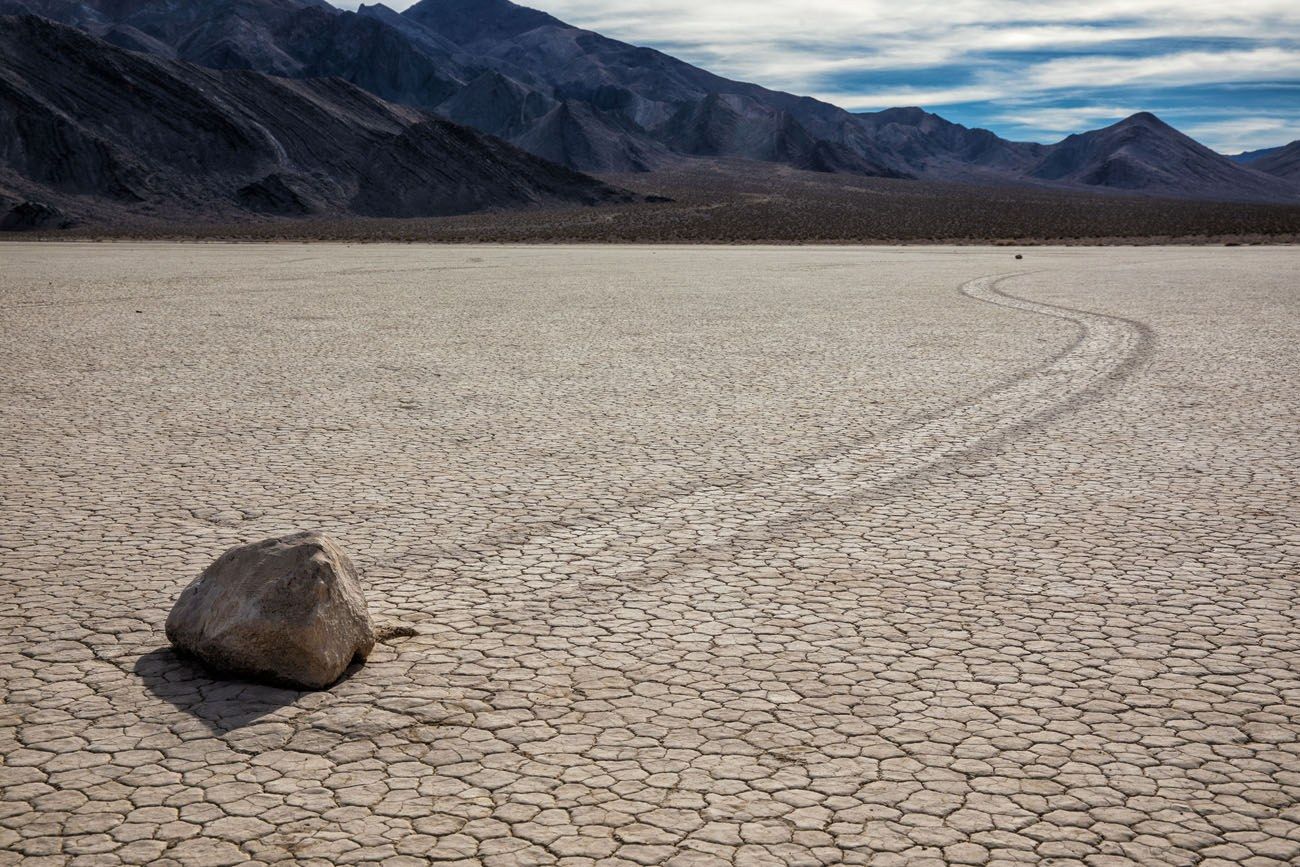Global Warming (Natural Cycles) in Melbourne, FL
In the year 7010, the first people to move into Florida were
the Paleoindians. At that time, the end of the last Ice Age, Florida was twice
the size it is today, (State Library and Archives of Florida, 2019). Ever since
humans stepped foot anywhere on Earth, including Florida, there was bound to
have some effect on the environment. Traveling back, I found that the later presence
of Floridians is what contributed to future issues with Global warming
today. However, there are some forces of nature due to geological formations
that add to the later effects of climate change.
Graph showing the rise in Florida's sea level from 1950-2016.
Credit to: https://sealevelrise.org/states/florida/
Recently,
Florida’s sea level is rising and it’s costing over $4 billion dollars. There
are already 120,000 properties at risk from frequent tidal flooding in Florida,
(SeaLevelRise.org, 2019). The sea level around Florida is up to 8 inches higher
than it was in 1950! (SeaLevelRise.org, 2019). Its speed of rising has
accelerated over the last ten years and it’s now rising by 1 inch every 3 years,
(SeaLevelRise.org ,2019). While there are several causes that contribute to
this mess, the biggest reason why sea levels are rising is because of the North
and the South Poles and slowing of the Gulf Stream. Not only that but the
complicated limestone that the state sits on is letting water seep in, causing
sea walls to be useless.
These graphics show the difference between Florida’s foundation and a
typical coastal foundation. Limestone lets the water through while a typical
coastal wall blocks out the sea water.
Credit to: https://sealevelrise.org/states/florida/
As
centuries passed, hurricanes and tropical storms have increased. Why? As the ocean surface’s warm-up, there were stronger storms, (Climate Change and Florida, 2019). As the sea surface
becomes warmers, hurricanes become more powerful. Thanks to Florida’s geography,
relatively flat peninsula, jutting out into the Atlantic Ocean and Gulf of
Mexico – leaves it especially vulnerable.
Since 1970, temperatures in the US Southeast have risen by an
average of 2 degrees Fahrenheit, with even higher average temperatures striking
in the summer months, (Climate Change and Florida, 2019). If current trends
continue, temperatures in Florida are “expected to exceed historical records by
about 9°F by the end of the century, “(Climate Change and Florida, 2019).
As you can
see, Florida is feeling the effects of climate change. While the natural causes
of Florida’s geological format are a contribution, human beings have also added
to the stress. This rapid warming trend cannot be explained by natural cycles
alone, scientists have concluded, (National Geographic, 2019). Current levels
of the greenhouse gases carbon dioxide, methane, and nitrous oxide in our
atmosphere are higher than at any point over the past 800,000 years, and their
ability to trap heat is changing our climate in multiple ways, (National
Geographic, 2019). Most come from fossil fuels in cars, buildings, factories,
and power plants. Other givers include methane released from landfills, natural
gas and petroleum industries, and agriculture nitrous oxide from fertilizers;
gases used for refrigeration and industrial processes; and the loss of forests
that would otherwise store CO2, (National Geographic, 2019).
There are
several articles that state Florida will be “wiped off the maps.” It’s scary to
think that such a place will be gulped up by the sea. It’s hard to say what can
be done for Florida’s geological makeup. However, as the other contributors, we
need to do our part to not make this mess even worse!
The
renewable revolution is ongoing across the country (and around the world). Solar
energy is key to that clean energy future, (SeaLevelRise.org, 2019). The solution is clear: The best way to create
new jobs and grow the economy, fight climate change, and support a sustainable
future for the planet is to invest in renewable energies like solar! (SeaLevelRise.org,
2019).
What are your ideas?
References:
SeaLevelRise.org. (n.d.). Florida's Sea Level Is Rising.
Retrieved from https://sealevelrise.org/states/florida/
Causes of Global Warming. (2019, February 27). Retrieved from
https://www.nationalgeographic.com/environment/global-warming/global-warming-causes/
Climate Change and Florida: What You Need to Know. (n.d.).
Retrieved from https://www.climaterealityproject.org/blog/how-climate-change-affecting-florida
State Library and Archives of Florida. (n.d.). Timeline.
Retrieved from https://www.floridamemory.com/exhibits/timeline/
























